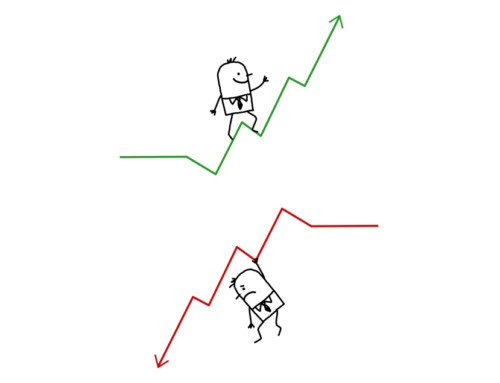In this article, I discuss the different ways of thinking about the concept of self-esteem and the implications these have for working on this issue in therapy.
Estimated reading time: 4 minutes.
In this article, I discuss the different ways of thinking about the concept of self-esteem and the implications these have for working on this issue in therapy.
Few concepts have received as much attention in psychological research and therapy than self-esteem. In popular discourse, it is generally thought that it is beneficial for a person to have ‘high self-esteem’ or ‘good self-esteem’. In helping clients who tell me they would like to improve their self-esteem, I typically have a discussion regarding the meaning of this concept. This includes considering the different ways self-esteem can be thought of and defined. In the following sections, I will delve into these issues.
What is self-esteem?
Self-esteem refers to a person’s evaluation of themselves. Someone with high self-esteem or good self-esteem has a positive evaluation of themselves while someone with low self-esteem has a negative evaluation of themselves.
Self-esteem has implications for how we think about ourselves. For example, people with high self-esteem are more likely to list positive characteristics when asked to describe themselves than are people with low self-esteem. Mood is also affected by self-esteem in that people with low self-esteem tend to experience negative mood states more often than people with high self-esteem. They are also more prone to suffering from mood disorders including those involving depression and anxiety.
Finally, there are behavioural consequences of self-esteem. Those with high self-esteem are more likely to experience success in various endeavours. They are also more likely to have more active and enjoyable social lives than people with low self-esteem.
Trait self-esteem versus state self-esteem
One way which self-esteem can be thought of is as a trait or a state. Trait self-esteem focuses on the evaluation of yourself as a personality characteristic—a relatively stable way of thinking, feeling and behaving.
In this sense, self-esteem is a personality trait on which individuals differ much like extroversion/introversion, conscientiousness, adventurousness and a multitude of other personality dimensions. Not surprisingly, someone with high trait self-esteem would be more likely to evaluate themselves positively over time and in various situations than would someone with low trait self-esteem. When self-esteem is referred to in public discourse, trait self-esteem is usually implied.
State self-esteem refers to how a person evaluates themselves at a particular time and in a particular situation. If someone is evaluating themselves positively at a particular time and in a particular situation, they are said to be high in state self-esteem at that time and in that situation. In contrast, if someone is evaluating themselves negatively at a particular time and in a particular situation, they are said to be low in state self-esteem at that time and in that situation.
Experiencing success or engaging in activities in which you feel confident or proficient are conducive to having high state self-esteem. As you might expect, experiencing failure or engaging in activities in which you do not feel confident or proficient makes it more likely that you will have low state self-esteem.

Note that a person’s state self-esteem may differ from their trait self-esteem. For example, someone high in trait self-esteem may experience low state self-esteem in a particular situation at a given time—perhaps because they feel they have performed poorly in that situation. Similarly, a person low in trait self-esteem may experience high state self-esteem in a particular situation at a given time—perhaps because they feel they have performed well in that situation.
A person could improve their self-esteem through a combination of strategies based on trait self-esteem and state self-esteem. For example, a person could improve their trait self-esteem by attending therapy. The therapist could help the person learn and practice cognitive and behavioural skills which make it more likely they will have a positive evaluation of themselves on a regular basis.
Improving state self-esteem would entail taking steps to increase the frequency of times and situations in which the person evaluates themselves positively. For example, the person could regularly schedule activities in which they feel confident and proficient.
Global self-esteem versus domain-specific self-esteem
Global self-esteem refers to a person’s overall evaluation of themselves. Domain-specific self-esteem refers to how a person evaluates themselves in different domains or areas of their lives. The domains in which a person evaluates themselves are myriad. A few examples are relationships, athletics, physical appearance, career, academics and finances.
An important feature of domain-specific self-esteem is that a person may have high self-esteem in some domains and low self-esteem in others. For example, someone may have high self-esteem in the domains of academics, career and finances but have low self-esteem in the domains of relationships, athletics and physical appearance.
In addition, a person’s global self-esteem may be high while their self-esteem in particular domains be low and vice versa. Having said that, the more domains in which a person has high self-esteem, the more likely it is that they will have high global self-esteem and the more domains in which the person has low self-esteem, the more likely it is that they will have low global self-esteem.
Focusing on domain-specific self-esteem in therapy can include scheduling more frequent activities in areas in which a person’s domain specific self-esteem is high as well as working to improve one’s self-esteem in domains in which it is low.
May you focus on the elements of self-esteem which are most relevant to you,
Dr. Pat






Leave A Comment